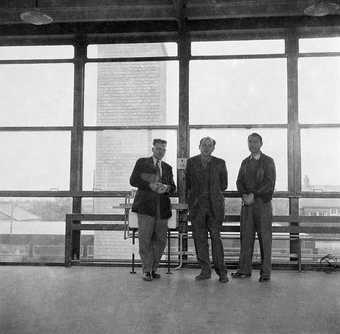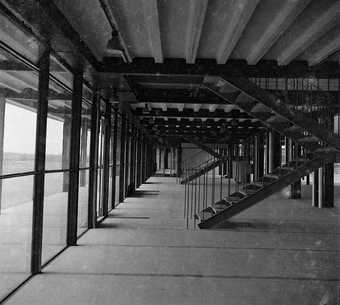Smithdon High School is a comprehensive secondary in Hunstanton, Norfolk, with 678 pupils and 96 staff, and was recently given a ‘good’ rating by Ofsted inspectors. What would the original creators of this architectural gem – the young architects Peter and Alison Smithson and Ronald Jenkins – have imagined for its future? Constructed between 1951 and 1954 almost entirely of glass, concrete and steel, it sparked controversy when it opened its doors to 439 pupils and 18 staff in autumn 1954, and quickly became an icon of brutalist architecture – a term coined by Alison Smithson and soon picked up by the influential critic Reyner Banham. (Brutalism’s etymology stemmed from the French beton-brut, or ‘raw concrete’.)
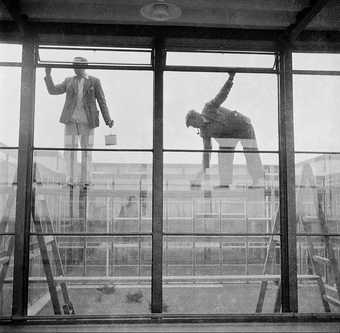
Hunstanton School, designed by Alison and Peter Smithson and Ronald Jenkins, photographed by Nigel Henderson.
© Nigel Henderson estate
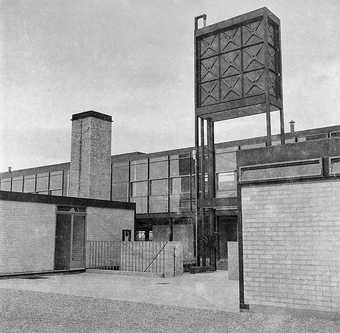
Hunstanton School, designed by Alison and Peter Smithson and Ronald Jenkins, photographed by Nigel Henderson.
© Nigel Henderson estate
The Smithsons designed the building in 1949 in a competition for post-war schools. As well as reflecting the emerging international modernist aesthetic in British culture, Hunstanton epitomised a moment of synergy between those involved, including the artist Nigel Henderson, who would take many extraordinary photographs of the school being built – some of which are published here for the first time.
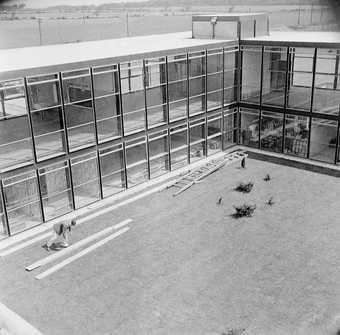
Hunstanton School, designed by Alison and Peter Smithson and Ronald Jenkins, photographed by Nigel Henderson.
© Nigel Henderson estate
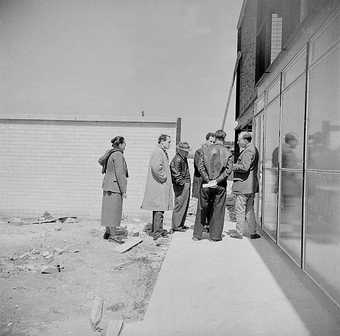
Hunstanton School, designed by Alison and Peter Smithson and Ronald Jenkins, photographed by Nigel Henderson.
© Nigel Henderson estate
His pictures functioned as documentation, but also as ‘aesthetic slogans’ of the new brutalist style that were concerned with, as the co-curators of Tate’s display write, ‘the image-hungry eyes of the 1950s’.
The Smithsons’ coterie would soon include the artist Eduardo Paolozzi, and their shared interest in ‘patterns of human association’ would find form in their hugely influential exhibition at London’s Institute of Contemporary Art, Parallel of Life and Art, in 1953, which had a transformative effect on artistic and cultural discourse in Britain.

